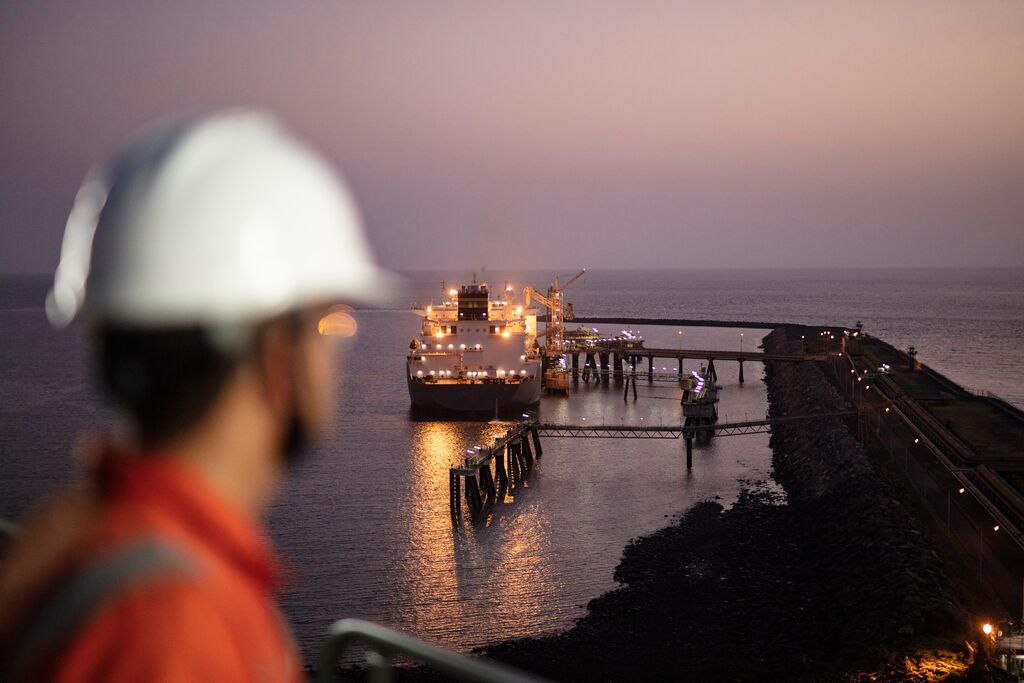The oil and gas industry’s relationship with its workforce has always been complicated with each new cycle drawing its own distinctive moniker.
The past few years have brought the “Great Crew Change,” with operators, contractors and service companies fretting over how to replace experienced workers that were retiring. Through it all, in what can best be described as the “Great Crew Drain,” payrolls contracted every time the industry went into one of its periodic downturns. Since early 2021, spurred on by Covid-19, nearly every U.S. business segment has been affected by the so-called “Great Resignation” during which record numbers of workers have quit their jobs.
Its notorious record of widespread cyclical layoffs and reputation as a “dirty industry” puts the oil and gas sector well behind the eight-ball when it comes to attracting more socially conscious newbies and retaining existing workers. While the industry’s rapid advancements in automation and digitalization ostensibly should entice younger and more tech-savvy talent, cutting through the underlying headwinds will require a wholesale makeover from the dictatorial-like hierarchy that once personified wellsite operations.
“It’s very easy to get excited about digital and tech, but the reality is, none of that is possible without the human connection,” said Evelyn MacLean, workforce energy task force director of UK-based International Association of Oil and Gas Producers (IOGP). “While you’re getting excited and immersed in all aspects of the science and the bits and bytes associated with that, think about the attention you’re paying to the human element. All the innovations we’ve made in drilling to automate and digitize will be constrained and curtailed if we don’t secure the workforce needed and if we don’t retain the talent we have.”
MacLean spoke during an International Association of Drilling Contractors (IADC) hybrid tech forum in March in Houston that examined the “Drilling Workforce of the Future.” The IOGP task force was established in 2020 with the aim of developing a blueprint by 2025 that would lead to a “more diverse and inclusive workforce, allowing people to apply their capabilities to help accelerate the energy transition.”
A recent Forbes analysis, she said, illustrates the stiff competition the industry faces, especially in attracting tech talent. “The U.S. has over four times more vacancies in artificial intelligence and machine learning jobs than India. We also have the (world’s) largest crew of data scientists, but yet we have the most vacancies. There is a lot of people fishing in the same pool for talent.”





